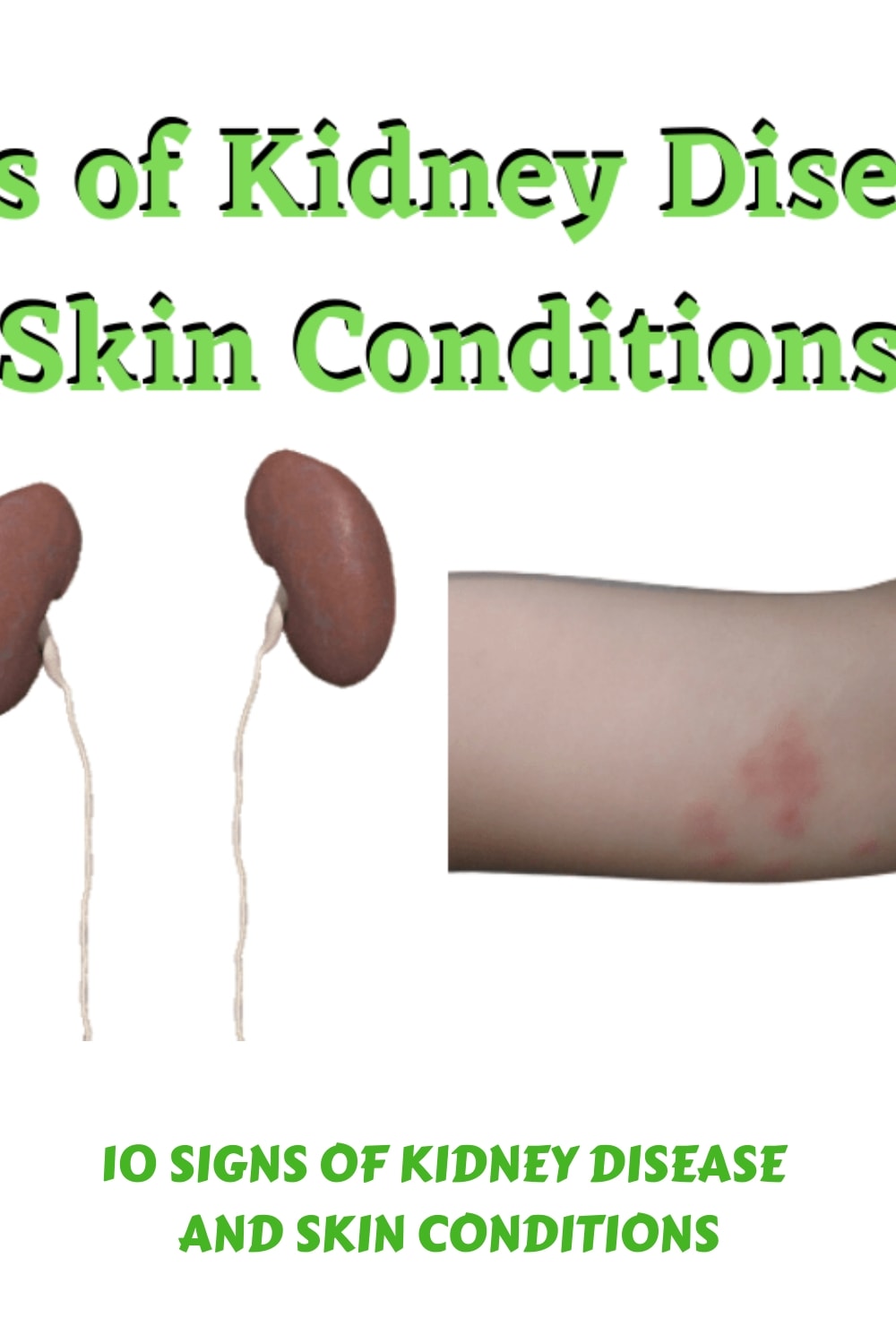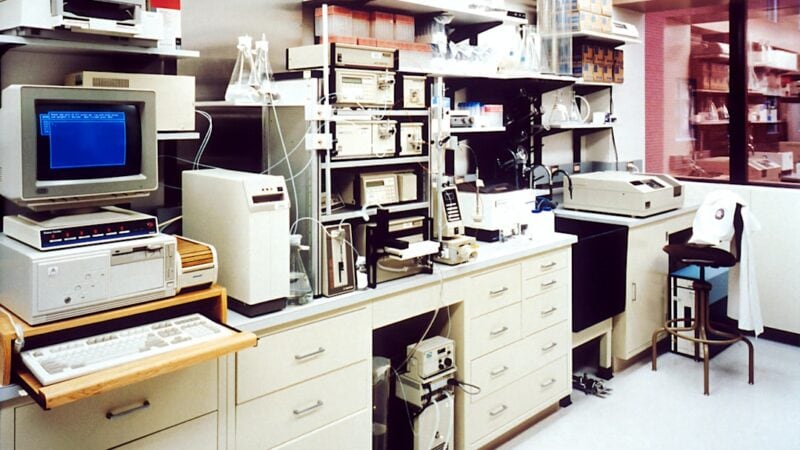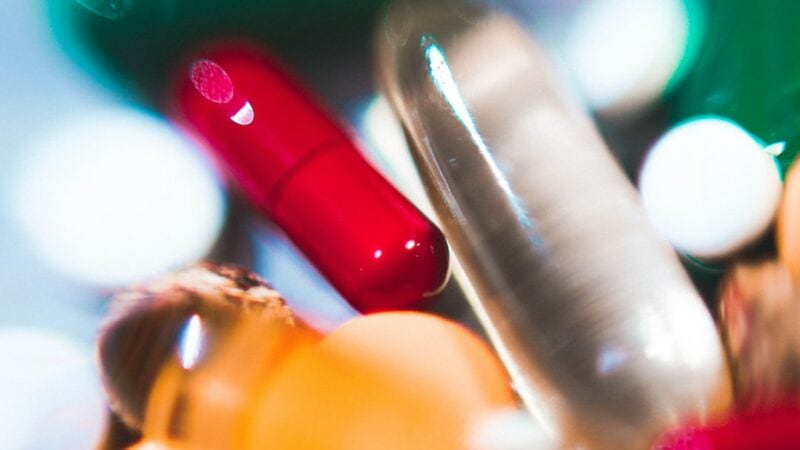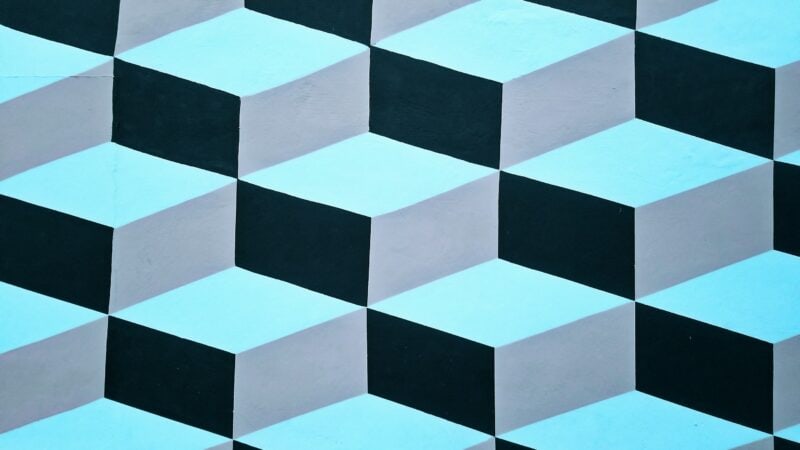10 Signs of Kidney Disease and Skin Conditions
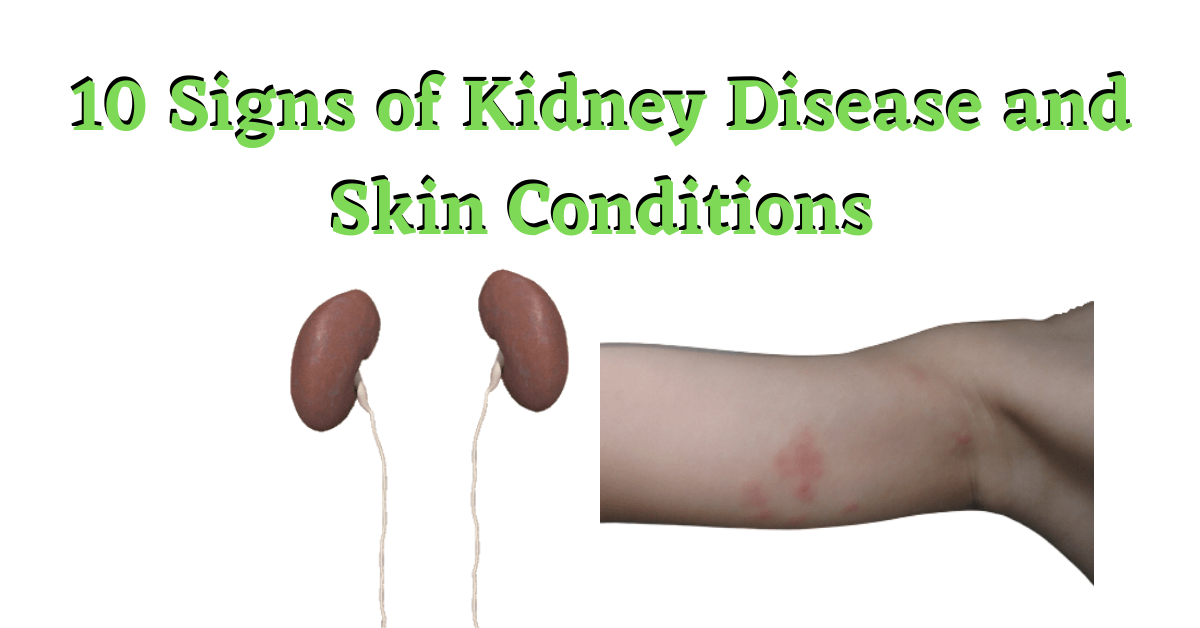
It’s common for those with Chronic Kidney Disease and skin conditions to get itchy skin and wildly excessive itchy skin. Because many online published articles and studies surveyed about and concluded of having too much phosphorus, and that is correct. But it’s not exactly the right answer. People recommend all sorts of creams, face packs, lotions, etc. It’s like to reduce phosphorous from our body, especially skin.
You might like to read about: Kidney Location, Structure, and Function.
It is essential to determine chronic kidney disease and skin conditions for patients for medical and environmental factors. It will precisely determine what the patient experiences in these circumstances and these patients have mostly findings with End-Stage Renal Disease (ESRD).
This article is exclusively related to the patients already diagnosed with kidney
disease and some skin problems, conditions, and possible remedies if possible. Let’s see.
Table of Contents
Reason Kidney Disease and skin conditions
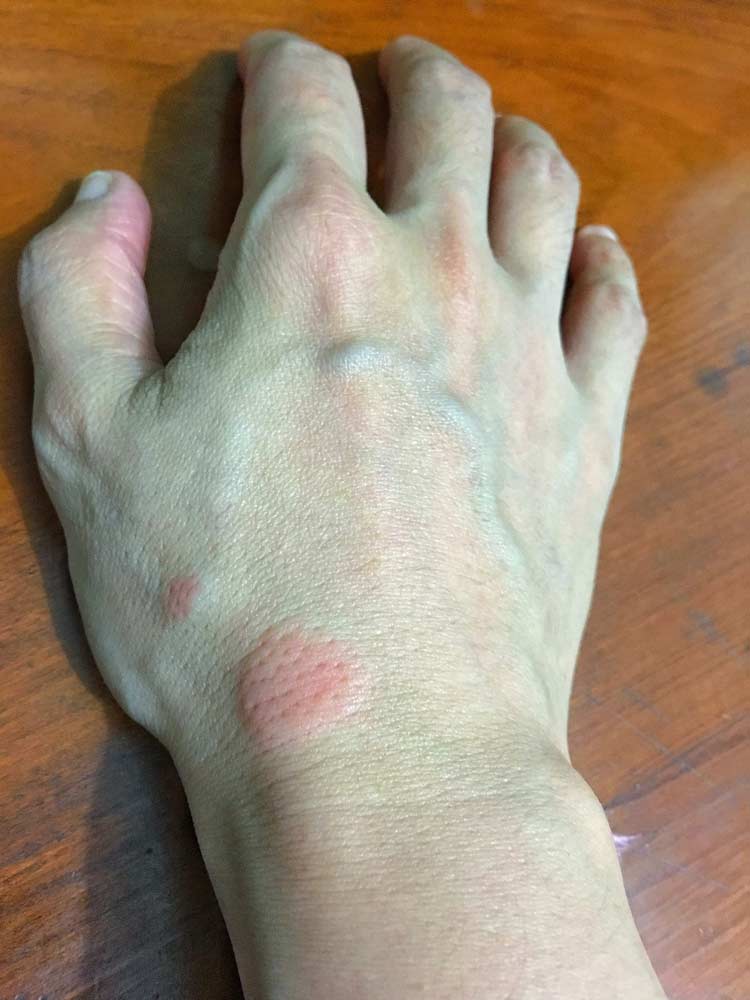
Dry and itchy skin can symbolize the mineral and bone disease that frequently accompanies advanced kidney disease and skin conditions when the kidneys are no longer suitable to keep the right balance of minerals and nutrients in your blood.
Signs of Kidney Disease and Skin Conditions
Due to non purified blood and creating various bacterial, fungal, and viral infections noted in around 49% of kidney patients. It is alarming for kidney disease and skin conditions.
1. Pigmentary Changes or Skin discoloration
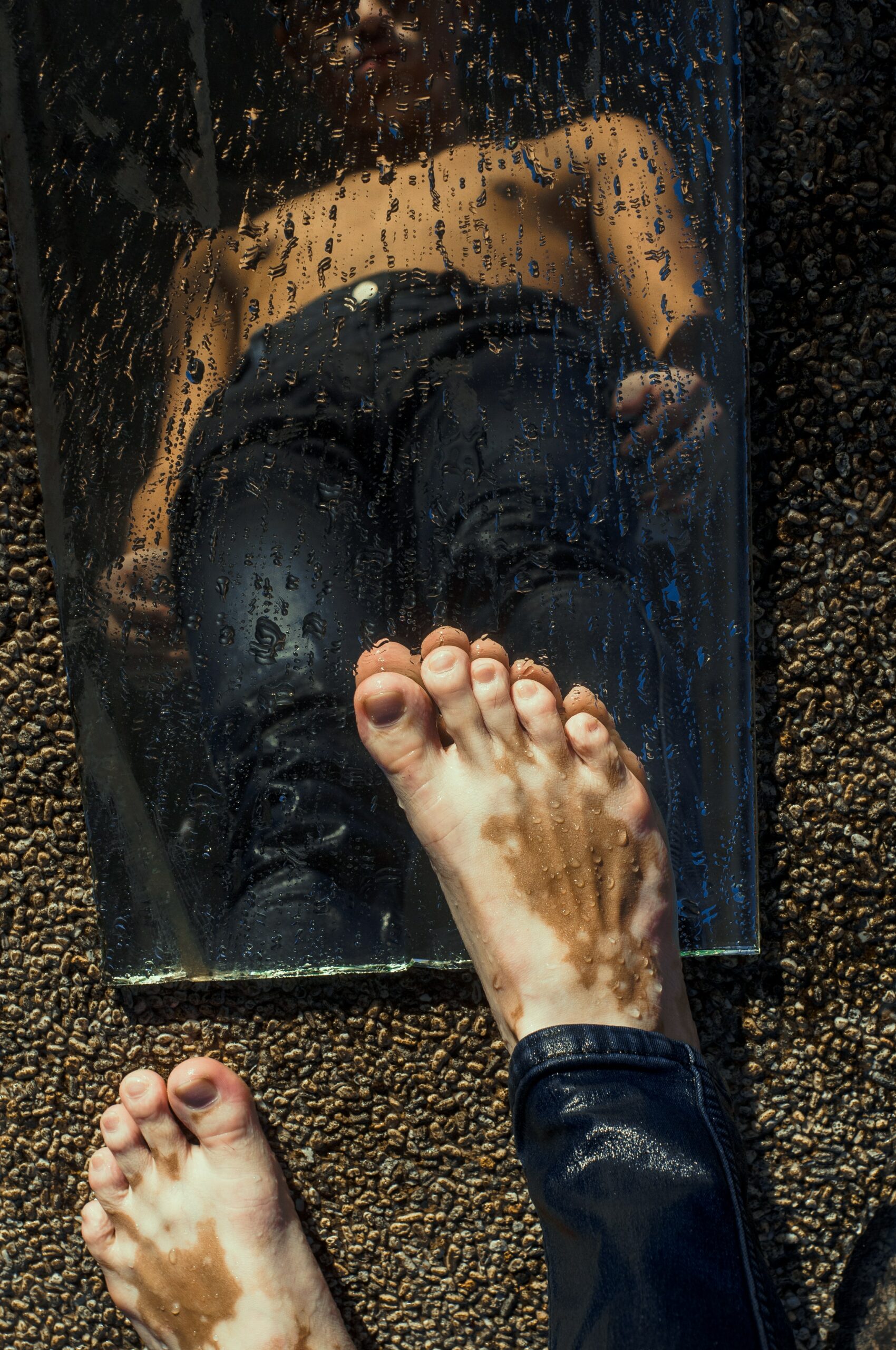
Many reported cases of color change in skins, or hyperpigmentation, happen to people with ESRD. One main reason for skin discoloration is associated with pigments called urochromes and retained in the skin.
Usually, it gets excreted when you have healthy kidneys. Most patients with such condition tend to have a greyish, almost metallic like color skin conditions in kidney failure.
Another discoloration is called uremic frost. It is a white, powdery substance left on the skin surface after the sweat dries. Uremic frost is getting prevented by getting adequate dialysis.
2. Itching
The most typical skin conditions associated with kidney disease is pruritus or severe skin itching.

More than 50% of patients at the time of dialysis get the pruritus type of itching experience. At the same time, between 20-50% of patients with chronic kidney disease get started having this condition soon.
Allergies can also cause itching sensations. Notice itching happens at the beginning of dialysis treatments in kidney patients. It might be the sign that you have an allergy towards the blood tubing, dialyzer (i.e., an artificial kidney), a type of heparin, and could have used or other elements associated with the treatment.
The itching tends to be very bad during the night and can be all over the skin or on a specific region. The areas that are most likely to be affected are the head, neck, arm, and stomach.
You might like to read about: Curcumin Gold for Inflammation etc.
3. Half Nails or Nail pallor
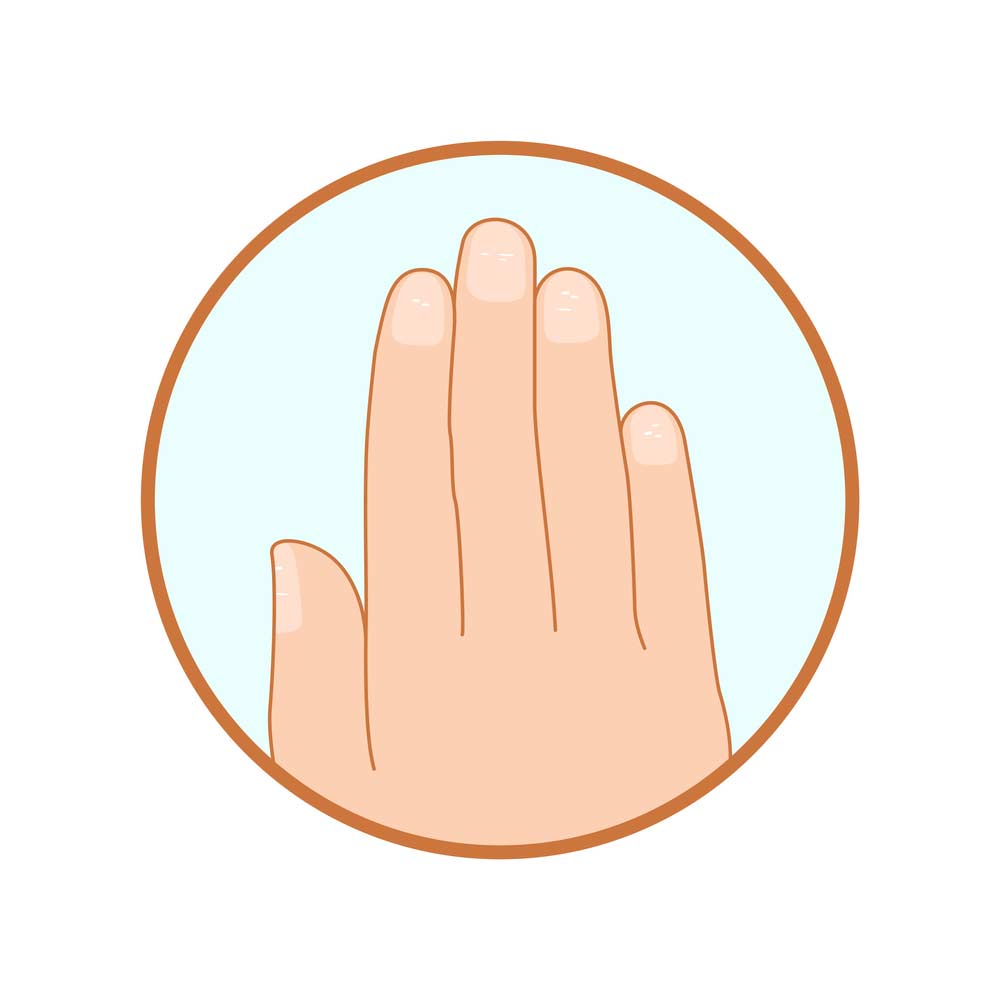
Nail pallor or Half Nails are also known as Nephrogenic systemic fibrosis (NSF). It is a rare, systemic fibrotic disorder and uniquely found in kidney
failure. It is identifiable by visible fibrosis of the skin, consisting of hardened, thickened, tethered, hyperpigmented, and shiny changes.
This change was seen in 21% of our patients and was significantly more prevalent in diabetic patients. It commonly discovers and gives the best insight into kidney disease and skin conditions. It helps you to identify kidney problems at home.
4. Xerosis (Dry skin)
Xeroxes is a condition determined by dry and rough skin. The patient, most of the time, experiences are ascending fissures and usual stiffness.
More than 60% of dialysis patients experience this type of skin problem. You can see cracks in the skin as it increases the chance of further infection from viruses or bacteria present in the environment.
You might like to read about: Why do my kidneys hurt at night.
To prevent or treat such dry skin, avoid long, hot showers or baths. Using natural, pure ingredients soap, which are without harsh perfumes and chemicals, helps you stay away from xerosis.
A moisturizing cleanser for delicate skin can be a better choice than ordinary soap, high in caustic soda. In the market, you will get bath products made with oatmeal created for dry, itchy skin found at drug stores, which are suitable to use. Try these.
Apply a side effect free moisturizing, high-water content gel, lotion, or cream to the body right following bathing, while the skin is still damp. Avoid creams or lotions with alcohol. Ask your doctor about dry skin treatments to get rid of it.
5. Purpura
Purpura occurs when small blood vessels cracked; it causes bleeding to pool under the skin. It can create purple-colored spots on our skin, which will be tiny dots to large patches.
Purpura spots are generally benign but may indicate a more serious medical condition, better doctors’ expertise, such as a blood clotting disorder.
Low platelet levels can also bet the reason for excessive bruising (a common skin injury – Blood from damaged blood cells deep underneath the skin) and bleeding.
You might like to read about: 5 Special Tips for Heart and Kidney Failure Symptoms
Platelets are the cells that assist our blood clot anywhere in our bodies. Low platelet levels may be genetic, but they may also be corresponding to modern lifestyle habits, which also causes.
- HIV infections
- cancer
- Bone marrow transplant
- hormone replacements etc
6. Pruritus
Pruritus is remark as an unpleasant sensation of the skin. It provokes the urge to scratch. At biting of mosquito or ant, the desire emerges is as same as in this kidney disease and skin conditions.
It is an acknowledgment of many skin diseases and an unusual sign of some systemic diseases. Pruritus might be limited or generalized and can found as an acute or chronic condition.
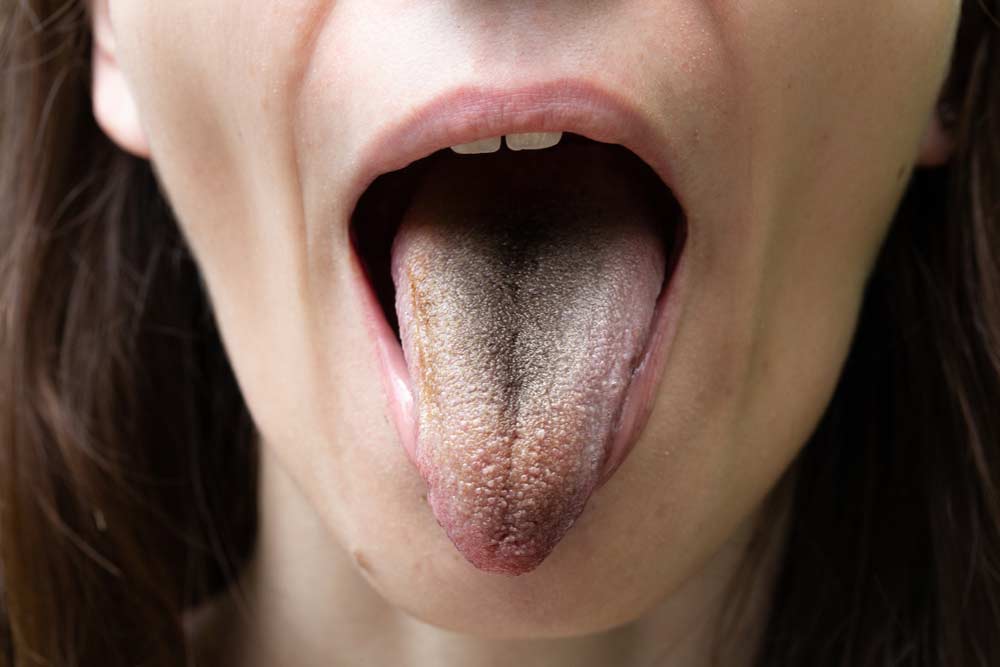
7. Oral Mucosal changes
Chronic renal failure (CRF) is one such disease that presents with a spectrum of oral mucosal changes in kidney patients. Dry mouth and taste in growth may indicate the oral mucosal changes for kidney disease and skin conditions.
8. Non-melanoma skin cancer
As per the Clinical Journal of the American Society of Nephrology (CJASN), “We do not have a proof for a causal link between kidney dysfunction and cancer but might be used to increase awareness among healthcare professionals and patients. Motivate lifestyle modifications if other cancer risk factors or family history are present, and justify more vigilant monitoring”.
Means, in the future new modern and experimented eating and lifestyle habits may cause such non-melanoma skin cancer.
9. Cutaneous infection
It is a fungal infection caused by a fungus growing on a particular area of our body. Symptoms are,
- Itching
- Scaly skin
- Irritation
- Redness
- Swelling etc
10. Lump in your belly
It might be a sign of kidney disease and skin conditions. In its early stages, kidney cancer or any disorder frequently causes symptoms. When cancer advances, it can cause a mass or lump on the:
- Side
- Belly
- Lower back
It looks like a mass in one of these areas can also be a symptom of something less severe inside our body. If you find any spot or lump, consult your doctor immediately to take action on a timely basis. Otherwise, other problems may arise.
Conclusion
If we have kidney disease, we can’t see or feel early warning signs on our skin. However, as the condition enlarges, we may develop one or more symptoms explained above.
The rate of blood filtration, urine formation, and other hormonal factors also plays a more significant role in deciding kidney disease and skin conditions. So directly, don’t jump to any conclusion about skin problems and kidney disease.
If you don’t have any kidney problems symptoms before and get an itching sensation, don’t panic. Just go to a skin specialist and tell whatever you were feeling.
If previously, you got any symptoms related to kidney problems, there would be more chances to have a symbiotic relationship between kidney disease and skin conditions. In this case, you should get consulting with your doctor, ask for better precautions, and do it religiously. Otherwise, it harms a lot in the coming days, month, or at any moment.
Frequency Asked Questions
What kind of rash does kidney disease cause?
The disease causes small blood vessels in the skin to leak because of inflammation and popularly known as Henoch-Schönlein purpura (HSP). The rashes we may see mostly on legs, knees, or it may extend to other parts of our body. You can also read our Purathrive Curcumin Reviews concerning inflammation.
Does kidney disease make your skin darker?
Kidneys do blood filtration and urine formation. Once the formed waste doesn’t go out of our body, you may see yellowish and grey colored skin. And there also many possibilities that, eventually, it could lead to darker skin.
Is itchy skin a sign of kidney failure?
Yes, probably we can say about it to kidney disease and skin conditions. As the mineral level and vitamins decrease in our body, it leads to other complications like a bone-related disease and consequently damages our kidney. The lesser amount of minerals gives us a sign of itchy skin, and in my observation, we should link it to kidney disease and skin conditions.
Where do you itch with kidney disease?
The area is not specific, but it depends on blood flow, blood vessel conditions, etc. It may be your legs, your arms, neck, or even near abdomen also. During this, you may also feel some itching sensation on the backside, where your hand will never reach or very hard to achieve.
Is clear urine a sign of kidney failure?
It’s not clear yet or any proof. The answer depends on the type of kidney disease you got diagnosed with before getting to this point.
Means, before this, you could have to go through some pain and kidney problems, so that your doctor will ask you for some medications and precautions. From this moment, you would have to analyze your urine color, frequency, and other factors, which gives a proper understanding of “Clear urine a sign of kidney failure.”
